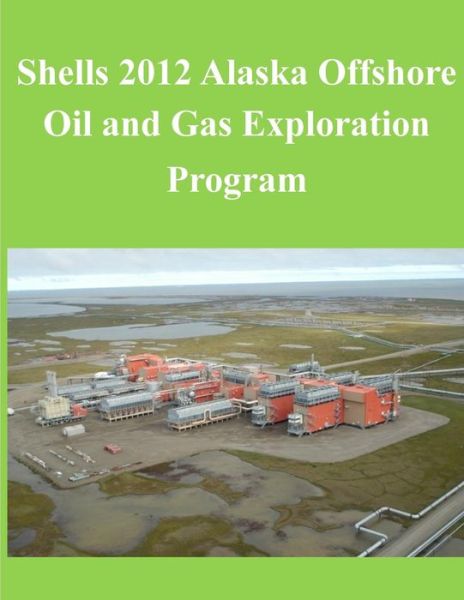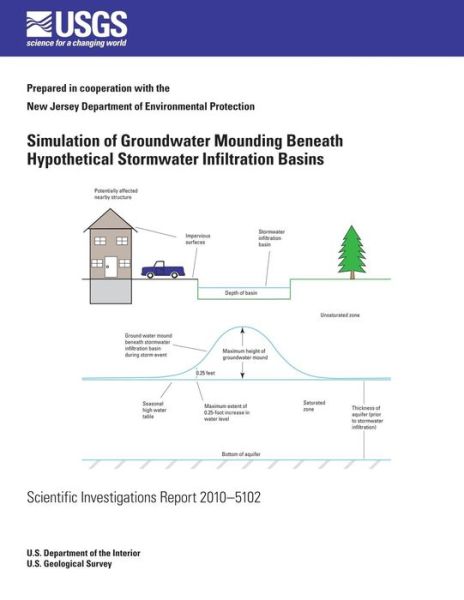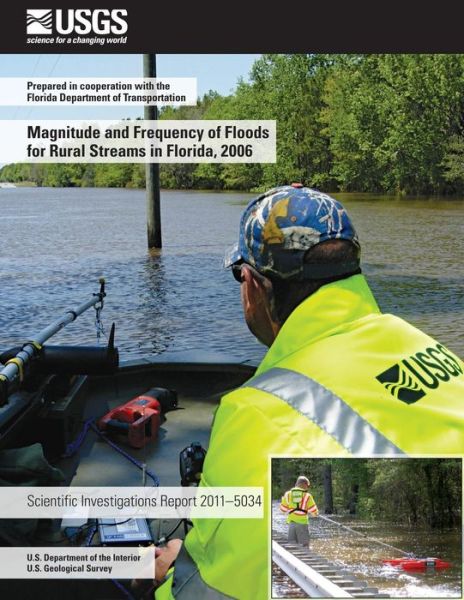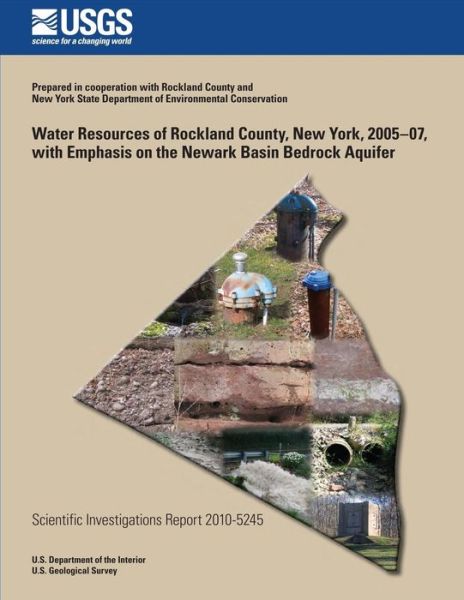
Recomienda este artículo a tus amigos:
Shells 2012 Alaska Offshore Oil and Gas Exploration Program
U.s. Department of the Interior
Shells 2012 Alaska Offshore Oil and Gas Exploration Program
U.s. Department of the Interior
Last year, Shell attempted a long-planned exploratory drilling program offshore Alaska in the Beaufort and Chukchi Seas. Shell?s goal for the summer drilling season was to confirm a major discovery of oil in commercially-viable quantities in the Alaskan Arctic Ocean. Shell was not able to achieve its goal and did not complete any exploration wells last summer. The company experienced major problems with its 2012 program, some of which have been well-publicized. Shell?s difficulties have raised serious questions regarding its ability to operate safely and responsibly in the challenging and unpredictable conditions offshore Alaska. As a result, Secretary of the Interior Ken Salazar ordered this review of Shell?s 2012 Alaska offshore drilling program in the Beaufort and Chukchi Seas. The purpose of this review is to assess, at a high level, Shell?s performance across all aspects of its 2012 Alaska offshore exploration program, identify key lessons to be learned from Shell?s experience, and make recommendations applicable to any future exploration drilling operations that may be proposed for the Arctic Outer Continental Shelf (OCS). The Secretary directed that this report and its accompanying findings and recommendations be completed within 60 days. This review has confirmed that Shell entered the drilling season not fully prepared in terms of fabricating and testing certain critical systems and establishing the scope of its operational plans. The lack of adequate preparation put pressure on Shell?s overall operations and timelines at the end of the drilling season. Indeed, because Shell was unable to get certified and then deploy its specialized Arctic Containment System (ACS) ? which the Department of the Interior (DOI) required to be on site in the event of a loss of well control ? the company was not allowed to drill into hydrocarbon-bearing zones. Shell?s failure to deploy the ACS system was due, in turn, to shortcomings in Shell?s management and oversight of key contractors. Likewise, additional problems encountered by Shell ? including significant violations identified during United States Coast Guard?s (USCG) inspection of the Noble Discoverer drilling rig in Seward last November, the lost tow and grounding of the Kulluk rig near Kodiak Island in late December, and violations of air emission permits issued by the Environmental Protection Agency (EPA) ? also indicate serious deficiencies in Shell?s management of contractors, as well as its oversight and execution of operations in the extreme and unpredictable conditions offshore of Alaska. Although Shell?s difficulties prevented the company from fully executing its drilling plans last summer, the company successfully completed some important elements of its drilling program. In particular, Shell succeeded in drilling ?top hole? sections of two wells in the Arctic Ocean, and it did so safely without any significant injuries to workers or spills. Shell employed weather forecasting and ice management systems that enabled it to respond effectively to changing sea ice conditions, including the encroachment of a major ice floe on Shell?s Burger A well site in the Chukchi Sea. Shell also coordinated well with Alaska Native communities and subsistence hunters, even under circumstances that delayed its drilling program in the Beaufort Sea.
| Medios de comunicación | Libros Paperback Book (Libro con tapa blanda y lomo encolado) |
| Publicado | 22 de octubre de 2014 |
| ISBN13 | 9781502929563 |
| Editores | CreateSpace Independent Publishing Platf |
| Páginas | 34 |
| Dimensiones | 2 × 216 × 279 mm · 104 g |
| Lengua | English |

































